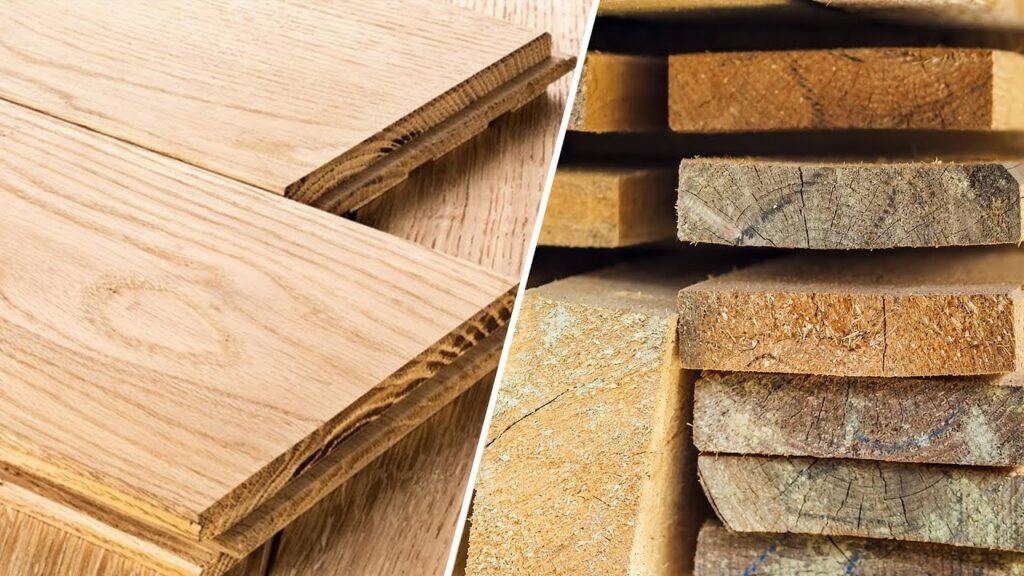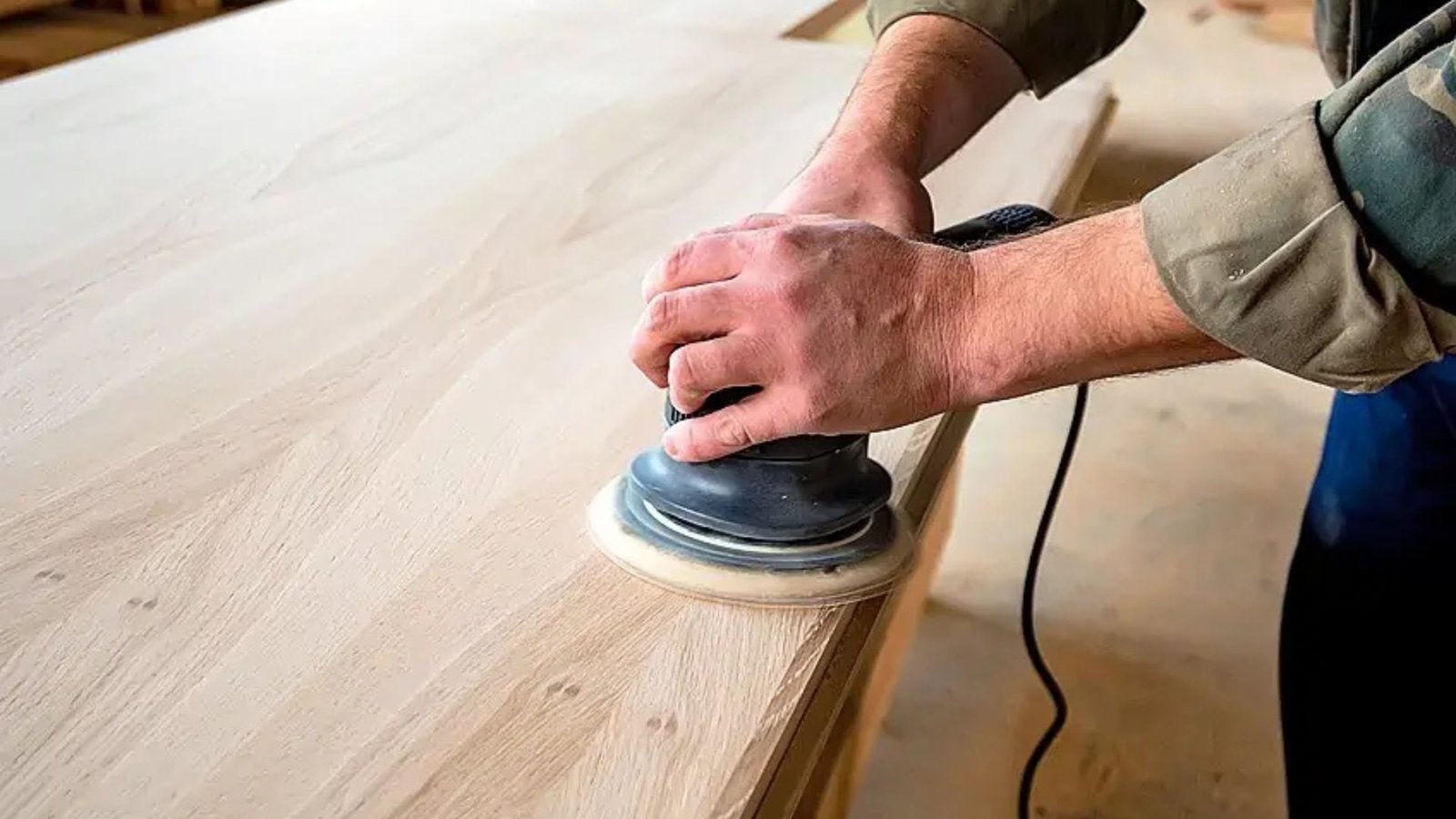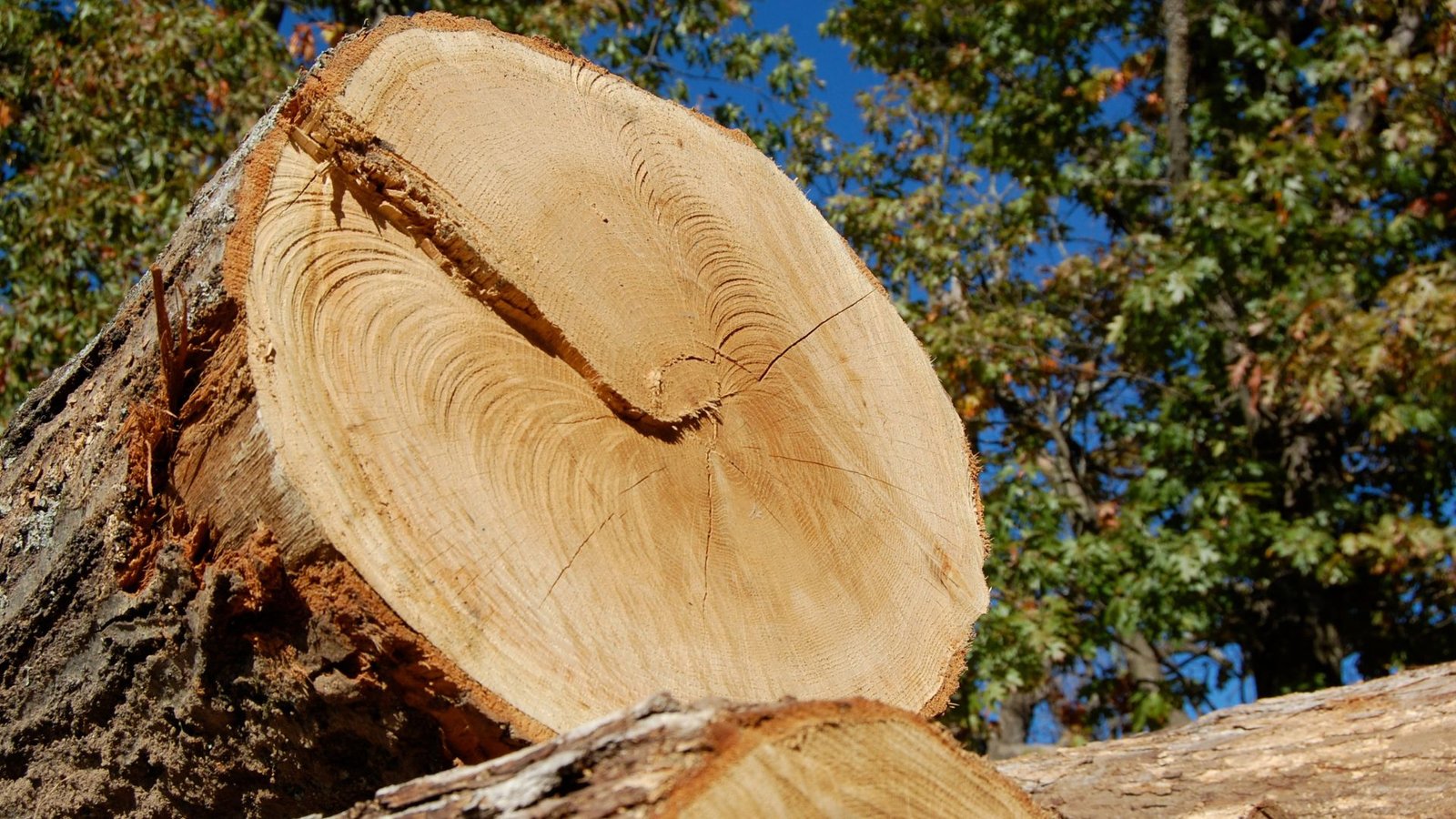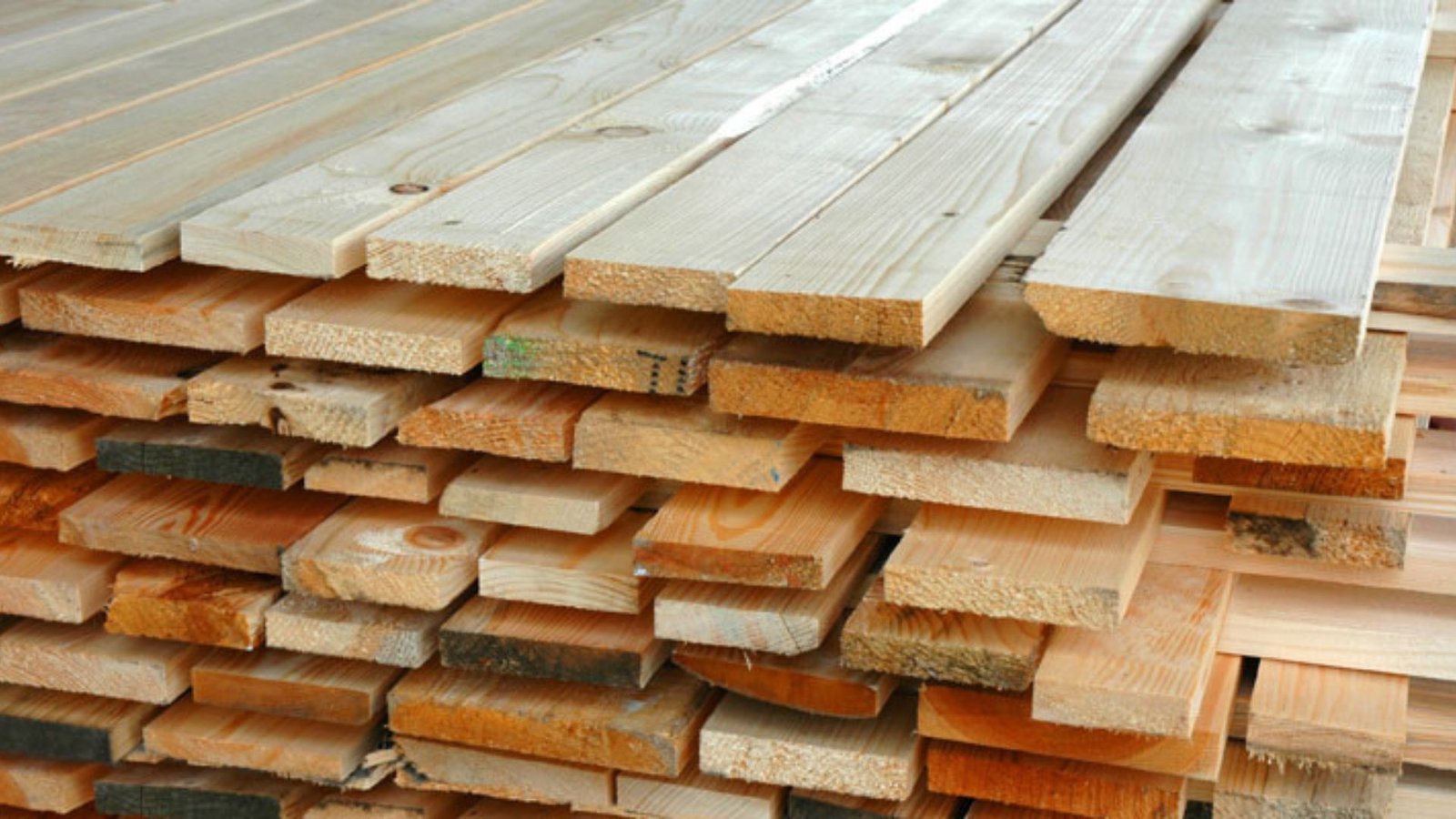When it comes to woodworking, one of the first decisions you’ll need to make is whether to use softwood or hardwood lumber. Both types of wood have unique qualities that make them suitable for different projects. Understanding the differences between softwood and hardwood will help you choose the right material for your needs. In this article, we’ll explore the key differences between softwood and hardwood, including their characteristics, uses, and benefits.
1. Source of the Wood
The main difference between softwood and hardwood is the type of tree from which the wood comes. Softwood and hardwood are both terms used to classify trees, but they don’t refer to the actual hardness of the wood.
Softwood:
- Comes from coniferous trees, which are typically evergreen trees that produce cones, such as pines, firs, and spruces.
- Softwood trees are usually faster-growing and more abundant than hardwood trees.
Hardwood:
- Comes from deciduous trees, which lose their leaves in the fall. Examples include oak, maple, cherry, and walnut.
- Hardwoods generally grow more slowly than softwoods and are denser, making them more challenging to work with.

2. Density and Hardness
One of the most notable differences between softwood and hardwood is their density and hardness. While there are exceptions, in general, hardwoods tend to be denser and harder than softwoods.
Softwood:
- Typically less dense and softer than hardwoods.
- Due to the lower density, softwood is easier to cut, shape, and work with.
- Softwoods are more flexible, which can be an advantage in some applications like construction framing.
Hardwood:
- Generally denser and harder than softwood, making it more durable and resistant to damage.
- Hardwood is more challenging to work with because of its density, but it is ideal for products requiring strength, such as furniture and flooring.
3. Grain Pattern and Appearance
Softwood and hardwood have different grain patterns, which give them distinct appearances. The grain of the wood can affect both its strength and aesthetic appeal.
Softwood:
- Softwoods tend to have a straight, uniform grain, which can make them look more consistent.
- The color can vary depending on the species, but softwood typically has a lighter color, ranging from pale yellow to light brown.
- Softwood tends to have fewer knots and imperfections compared to hardwood, but it can still show visible grain patterns.
Hardwood:
- Hardwoods have a more varied and complex grain pattern, often with swirls, curls, or irregularities that give each piece a unique appearance.
- The color of hardwood can range from light shades like maple to dark shades like mahogany.
- Due to the slower growth of hardwood trees, they often have a tighter grain and are less likely to have visible knots.
4. Durability and Strength
Durability and strength are essential factors when choosing lumber for a specific project. The more durable the wood, the longer it will last and the better it will withstand wear and tear.
Softwood:
- While softwoods are generally less durable than hardwoods, some species, like Douglas fir and Southern yellow pine, can be quite strong and durable.
- Softwoods are more prone to dents, scratches, and other damage due to their lower density and softer texture.
Hardwood:
- Hardwoods are typically more durable and stronger than softwoods, making them ideal for high-traffic areas and products that need to withstand heavy use.
- Hardwoods are better suited for furniture, cabinetry, and flooring because they can withstand daily wear and last longer.
5. Cost
Cost is always an important consideration when choosing lumber for a project. The price of wood can vary depending on its type, availability, and quality.
Softwood:
- More affordable than hardwoods due to its abundance and faster growth rate.
- Softwoods are often used in construction projects like framing, paneling, and roofing because they are less expensive and easier to work with.
Hardwood:
- Generally more expensive than softwoods due to the slower growth rate and greater density.
- Because hardwoods are more challenging to harvest and work with, their price reflects the higher labor and manufacturing costs. They are often used for furniture, cabinetry, and other high-end projects.
6. Uses and Applications
Both softwood and hardwood have different strengths, making them suitable for specific applications. Understanding the typical uses of each can help you decide which material is best for your project.
Softwood:
- Construction: Softwood is commonly used in construction for framing, beams, and structural elements due to its strength-to-weight ratio and lower cost.
- Plywood and Paneling: Many plywood and wood panel products are made from softwood, as it’s easier to cut and shape into sheets.
- Outdoor Projects: Softwoods like cedar and redwood are often used for outdoor projects like decking, fences, and garden furniture because they naturally resist moisture and decay.
Hardwood:
- Furniture: Hardwoods are ideal for making furniture due to their durability and attractive appearance.
- Flooring: Hardwood floors are a popular choice for homes and businesses because of their long-lasting quality and aesthetic appeal.
- Cabinetry and Woodworking: Because of their strength, hardness, and beauty, hardwoods are often used in cabinetry, woodturning, and other detailed woodworking projects.
7. Environmental Impact
If sustainability is a concern for you, it’s important to consider the environmental impact of the lumber you choose. Both softwoods and hardwoods can be harvested sustainably, but some species are more eco-friendly than others.
Softwood:
- Softwood trees are typically more abundant and grow faster, making them a more sustainable choice for certain projects. Pine and spruce are commonly farmed for lumber production.
- Look for softwoods that are certified by organizations like the Forest Stewardship Council (FSC) to ensure they come from responsibly managed forests.
Hardwood:
- Hardwoods take longer to grow, making them less sustainable in some cases. The harvesting of certain hardwood species can lead to deforestation if not done responsibly.
- However, sustainable hardwood options, such as FSC-certified oak or maple, are available, which ensures the wood is harvested in an environmentally responsible manner.
Conclusion
The choice between softwood and hardwood largely depends on your specific project needs, budget, and desired outcome. Softwood is more affordable, lighter, and easier to work with, making it suitable for construction and projects where strength is less critical. On the other hand, hardwood is denser, more durable, and has a more attractive appearance, making it the go-to choice for furniture, flooring, and cabinetry. By understanding the differences between softwood and hardwood, you can make an informed decision and choose the right lumber for your next woodworking project.











